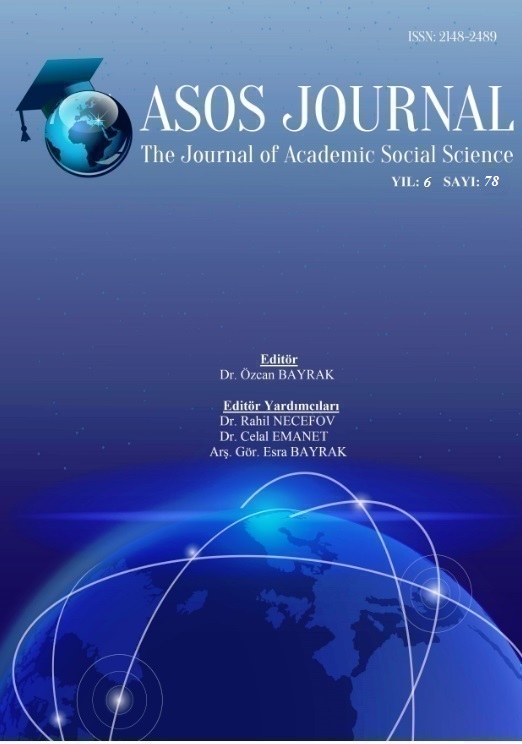KIYI TESİSLERİNDE DEPOLANAN VE ELLEÇLENEN TEHLİKELİ MADDELERİN YANGIN GÜVENLİĞİ AÇISINDAN DEĞERLENDİRİLMESİ: HOPA LİMANI TANK TERMİNALİ ÖRNEĞİ
Author :
Abstract
Tehlikeli maddelerin taşınması, depolanması veya kullanılmasında uygulanan işletme süreçlerinde her zaman riskler söz konusudur. Burada önemli olan bu risklerin en aza indirgenmesi için patlama meydana geldiği zaman oluşturacağı şiddet ve etkilerine göre risk öncelikleri belirlenerek tehlikeli maddenin girişinden çıkışına kadar farklı kategorilere ayrılarak risk oluşturacak her bir nokta analiz edilip, gerekli tedbirlerin alınmasıdır. Dünyada taşınan tehlikeli malların artmasıyla birlikte, bu faaliyetlerle ilgili riskleri azaltmak için tedarik zincirinde yer alan tüm elemanların, tehlikeli malların taşınması, depolanması ve elleçlenmesi ile ilgili temel kavramları anlaması daha da önem kazanmıştır. Deniz Güvenliği Komitesi, altıncı dördüncü oturumunda (5-9 Aralık 1994) MSC / Circ.675 vasıtasıyla dağıtılan tehlikeli yüklerin ve liman alanlarındaki ilgili faaliyetlerin güvenli taşınması hakkında tavsiyeleri kabul etti. Uluslararası Denizcilik Örgütü (IMO) tarafından çıkarılan Uluslararası Denizde Tehlikeli Maddeler (IMDG) Kodu, tehlikeli malların deniz yolu ile taşınması için tek bir uluslararası kod olarak geliştirilmiştir. Ocak 2010'dan bu yana 34-08 değişikliklerin kabulüyle IMDG Kodu, eğitim gereksinimlerini, deniz taşımacılığı için tehlikeli malların taşınması ve depolanmasına katılan kıyı tabanlı personele dâhil edecek şekilde genişletmektedir. Bu yazının odağı, limanlarda elleçlenen veya depolanan tehlikeli yüklerin meydana getireceği yangın ve patlama risklerine karşı, alınacak yangın güvenlik önlemlerinin Hopa Limanı acil durum eylem planı kapsamında tank terminali yangın güvenlik sisteminin kurulum ve uygulama aşamaları yer almaktadır.
Keywords
Abstract
There are always risks involved in the operation of the transport, storage or use of dangerous goods. What is important here is to analyze each point that will create a risk by separating the risk categories from the entrance to the exit of the hazardous material by determining the risk priorities according to the violence and its effects that will occur when the explosion occurs. With the increase in the number of dangerous goods carried around the world, it has become even more important to understand the basic concepts of transport, storage and handling of dangerous goods by all members of the supply chain to reduce the risks associated with these activities. The Maritime Safety Committee adopted recommendations on the safe transport of dangerous cargos distributed through MSC / Circ.675 and related activities in port areas at its sixth session (5-9 December 1994). The International Maritime Dangerous Goods (IMDG) Code issued by the International Maritime Organization (IMO) has been developed as a single international code for maritime transport of dangerous goods. Since January 2010, 34-08. The IMDG Code, as amended, extends the training requirements to include coastal staff involved in the transport and storage of dangerous goods for sea transport. The focus of this article is on the installation and application phases of the tank terminal fire safety system within the Hopa Port emergency action plan of the fire safety measures to be taken against the risks of fire and explosion which dangerous cargoes handled or stored in the ports will be brought into action.





